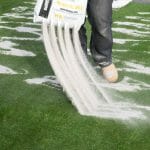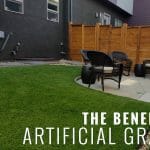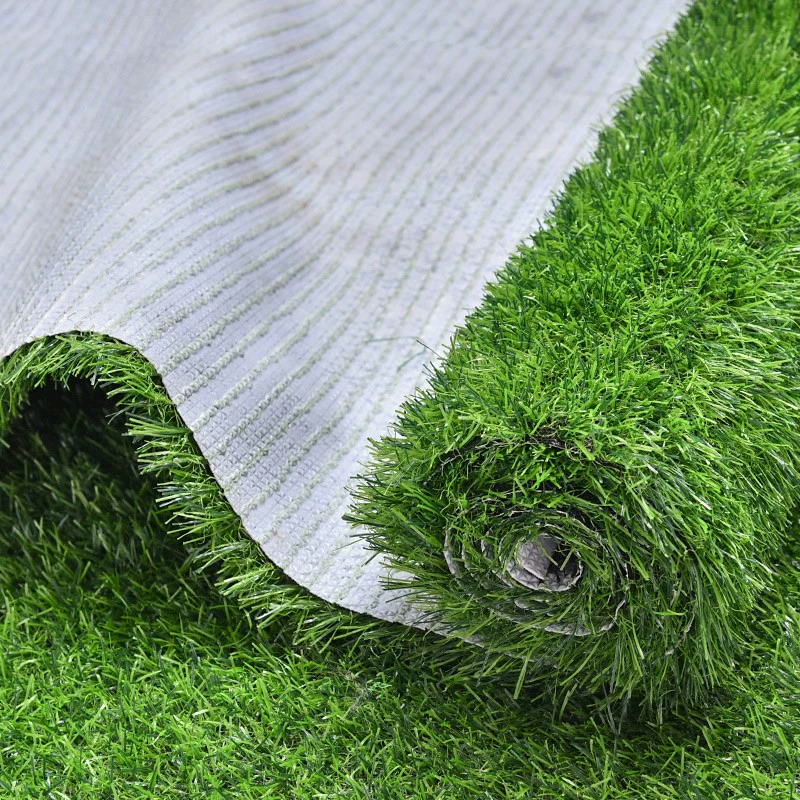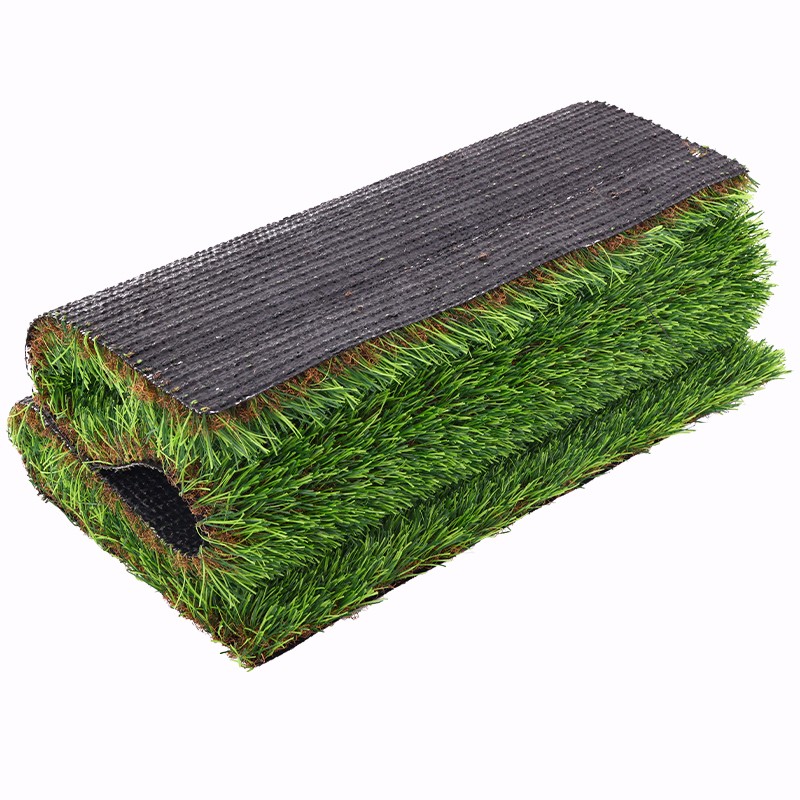
Artificial grass, also known as synthetic turf, is made from a combination of materials designed to mimic the look and feel of natural grass. The primary components of artificial grass are:
1. Backing Material: The base of artificial grass is a backing material, which is usually made from either polypropylene (PP) or polyethylene (PE) plastic. This backing provides stability and support to the artificial grass fibers.
2. Grass Fibers: The blades or fibers that make up the visible part of artificial grass are typically made from one of the following materials:
– Polyethylene (PE): PE is commonly used for the softer, more realistic-looking grass fibers. It is known for its durability and resilience.
– Polypropylene (PP): PP is less commonly used for grass fibers but is often used for less expensive artificial grass varieties. It may have a coarser texture compared to PE.
3. Infill: To improve the performance and durability of artificial grass, an infill material is often used. Infill can be made of various materials, including sand, crumb rubber (recycled rubber pellets), or a combination of both. Infill helps stabilize the grass fibers, provide cushioning, and aid in drainage.
4. Backing Coating: The back of the grass fibers is typically coated with a latex or polyurethane backing to secure the fibers to the backing material. This coating helps maintain the integrity of the artificial grass.
5. UV Stabilizers: Many artificial grass products include UV stabilizers in the manufacturing process to protect the grass from the damaging effects of the sun’s ultraviolet (UV) rays. UV stabilizers help prevent fading and deterioration over time.
6. Colorants: Artificial grass blades are often pigmented with colorants to achieve a natural green color. Some products also incorporate different shades of green and brown to create a more realistic appearance.
7. Yarn Shapes: The shape of the grass fibers can vary. Some artificial grass products use flat, ribbon-like fibers, while others use C-shaped or diamond-shaped fibers to provide a more natural look and better resilience.
8. Drainage Holes: Small drainage holes are typically incorporated into the backing material to allow water to drain through the artificial grass surface. Proper drainage helps prevent water from pooling on the turf.
Artificial grass manufacturers may use different combinations of these materials and technologies to create a wide range of synthetic turf products with varying appearances, textures, and performance characteristics. The choice of materials and manufacturing processes can affect factors such as durability, softness, heat resistance, and overall aesthetic quality of the artificial grass. It’s important to choose a product that suits your specific needs and preferences when considering artificial grass for landscaping or sports applications.









